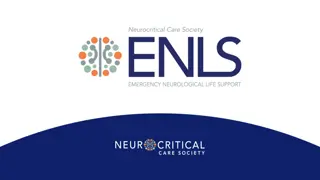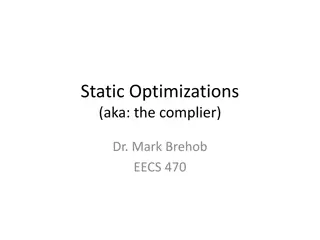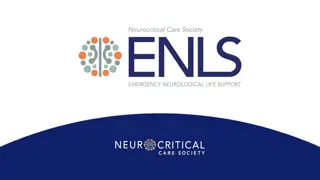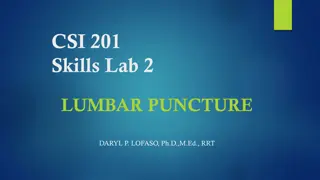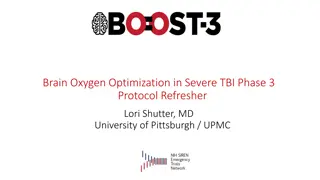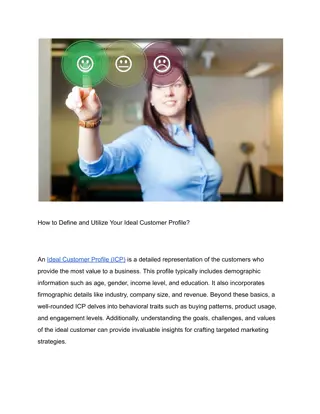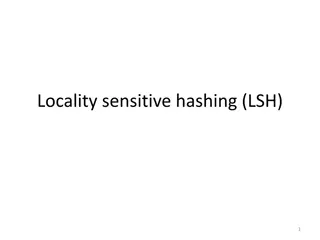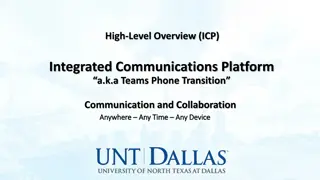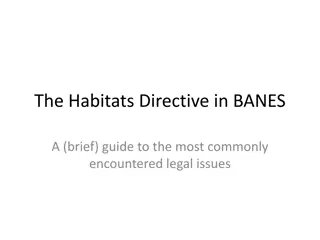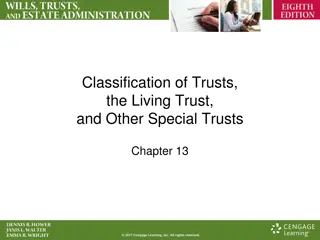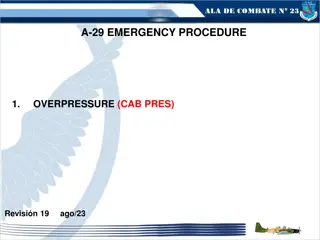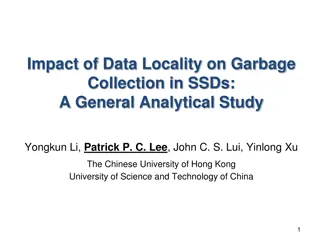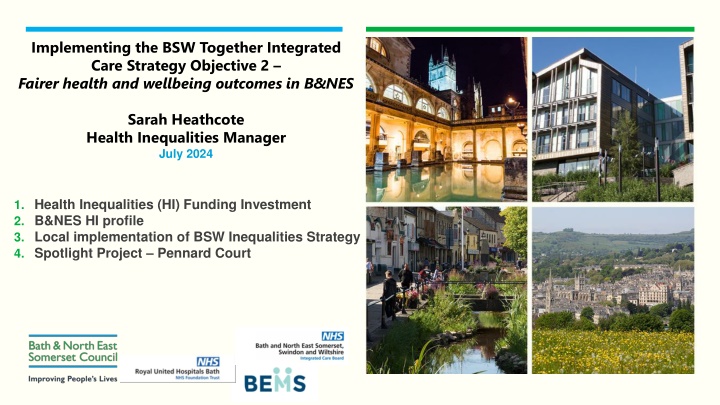
B&NES Health Inequalities Strategy Implementation Overview
Explore the implementation of the B&NES Health Inequalities Strategy to achieve fairer health and wellbeing outcomes. Learn about funding investments, the local profile, and network support to address health disparities in the community.
Download Presentation

Please find below an Image/Link to download the presentation.
The content on the website is provided AS IS for your information and personal use only. It may not be sold, licensed, or shared on other websites without obtaining consent from the author. If you encounter any issues during the download, it is possible that the publisher has removed the file from their server.
You are allowed to download the files provided on this website for personal or commercial use, subject to the condition that they are used lawfully. All files are the property of their respective owners.
The content on the website is provided AS IS for your information and personal use only. It may not be sold, licensed, or shared on other websites without obtaining consent from the author.
E N D
Presentation Transcript
Implementing the BSW Together Integrated Care Strategy Objective 2 Fairer health and wellbeing outcomes in B&NES Sarah Heathcote Health Inequalities Manager July 2024 1. Health Inequalities (HI) Funding Investment 2. B&NES HI profile 3. Local implementation of BSW Inequalities Strategy 4. Spotlight Project Pennard Court
1. Health Inequalities (HI) Funding Investment 2022/23 to 2023/24 2022-23 - B&NES Health Inequalities Network HI Manager hosted by B&NES Council (the Network Lead) HI Lead at Royal United Hospital in Bath 2* x HI and Population Health Management (PHM) Facilitators based with primary care organisation (BEMS) 2023/24 Health Inequalities Fund B&NES allocation of NHSE health inequalities funding from BSW ICB in 2023/24 (deferred to 2024/25) Twelve B&NES Health Inequalities Fund (BHIF) projects were selected reflecting a range across adult and children and young people healthcare inequality priority areas. Community Wellbeing Hub Outreach Coordination and improved data infrastructure Part of the funding was allocated to support data analysis and this has been redirected to support Core20PLUS5 projects in primary care * One HI and PHM Facilitator left Dec 2023, funds have been redeployed to secure wider primary care expertise from GP, programme support, etc.
2. B&NES Health Inequalities Profile - Highlights One of the less deprived local authorities in the country Two areas are within the most deprived 10% nationally Twerton West and Whiteway. Life expectancy in these Core 20 areas is significantly lower than England average Premature mortality from all causes is closely associated with deprivation across the district B&NES has highest excess under 75 mortality rate in adults with severe mental illness (SMI) in England (Plus group) B&NES has a higher number of rough sleepers relative to its population size compared to Swindon and Wiltshire, with much lower life expectancy than general population for people sleeping rough (Plus group) Education Attainment gap between children eligible for free school meal (FSM) and non-FSM pupils at key stage 2 (Plus Group) Indices of Multiple Deprivation (IMD) 2019 [1= most deprived nationally]
3. How the HI network is supporting implementation of the three phases of the BSW Inequalities Strategy in B&NES
Phase One: Awareness Raising & Making Inequalities Everyones Business Training & awareness raising Health Inequalities Network Approach Legacy Sharing BSW Academy HI resources Planning a rolling HI programme Supported co-design of (OHID SW LKIS) training Delivery of HI learning sessions Delivery of HI awareness raising campaigns at the RUH GOVERNANCE RUH HI working group and steering group B&NES Health Inequalities Group (BHIG) INFLUENCE Health and Wellbeing Strategy implementation Whole Systems Health Improvement Framework PCN management meetings - HI agenda item PCN HI Data Packs RUH staff accreditation B&NES Health Inequalities Funding (BHIF) Commissioning (Community Services, Healthwatch) Research Engagement Network (seldom heard groups)
Phase One: B&NES Health Inequalities Dynamic Delivery Plan The plan will align with priorities in key plans and strategies and includes: Community voice and co-production Developing understanding of needs through PHM and other intelligence sources Contribute to an evidence base of what works Ensure Social, economic, and environmental determinants of health are addressed HI training and awareness raising rolling plan Legacy planning for a sustained focus on addressing health inequalities in B&NES Oversight of the 12 BHIF projects and additional inequality projects Ensure equal focus on CYP Continued support for primary care settings to address healthcare inequalities based on local understanding and analysis of need RUH Health Inequalities work programme
Phase Two: Tackle Healthcare Inequalities 5 NHS Priorities Implementing the NHS 5 Key priorities The BHIF (2023/24) guidance, application criteria, and allocation process addressed all 5 of these priority areas 1.Restore service inclusively 2.Mitigate against digital exclusion Other examples RUH digital inclusion pilot Population Health/ HI Packs for PCNs Screening and vaccinations outreach work in localities and population groups (Core20PLUS) where uptake is low 3.Ensure datasets are timely and complete 4.Accelerate preventative programmes 5.Leadership and accountability.
Phase Two: Tackle Healthcare Inequalities Core20PLUS5 Adults Actions to address Core20PLUS5 The BHIF (2024/25) RUH prioritising Core20Plus groups in all preventative initiatives Supporting primary care e.g. to increase uptake of cancer screening among C20PLUS populations The network is prioritising smoking cessation and negotiated new payment structure for GP surgeries to increase engagement Outreach e.g. Pennard Court (see case study) B&NES PLUS groups People from ethnic minority backgrounds People experiencing homelessness People living with severe mental illness
Phase Two: Tackle Healthcare Inequalities Children and Young People (CYP) Actions to address Core20PLUS5 BHIF Five of the 12 projects are focused on CYP B&NES Damp and Mould Charter (2024) Air quality awareness and information resources for families with children 0-5 years Opportunities 0-19 Public Health Nursing Service & Healthy Child Programme Oral health BSW Primary Dental Services Plan (2024) School survey this year will provide insights CYP Plus Groups in BSW SEND, excess weight/obesity, Children Looked After & care experienced, Early Years, CYP with Adverse Childhood Experiences. Additionally for B&NES, CYP PLUS groups are children eligible for free school meals
Phase 3 - Social, Economic and Environmental Factors Some examples of Place-Based activity underway to address the wider determinants of health inequalities TheActive Way three-year pilot to increase active travel via social prescribing in areas/settings in B&NES with higher health and wellbeing needs. The Local Plan is informed by community engagement work with seldom heard groups Programme of work on food insecurity in B&NES B&NES Damp and Mould Charter https://beta.bathnes.gov.uk/damp-and-mould-charter Civic Agreement signed 30th May marking collaboration between B&NES Council, RUH, Bath Spa University and University of Bath
The Twelve BHIF projects 2023-24 (deferred to 2024-25) total value 357,897
4. Spotlight Project Pennard Court Outreach Wellbeing Events
The value of outreach: Pennard Court, innovative partnership project Pennard Court is a 35 unit supported housing residence for people with sensory (primarily hearing) impairment and/or learning difficulties. It is located in Twerton, one of the localities which is among the 10% most deprived nationally (IMD). A multi-agency partnership project involving St Michaels surgery, BEMs, B&NES public health team, BSW ICB, The Active Way and BSL interpreters Project was identified and initiated through engagement with the local GP surgery to share PHM/HI data and agree shared priorities the Practice highlighted the needs of their LD population and particularly low levels up uptake of vaccinations, screening and the annual health check. Taking the services out to the community was an entirely new way of working for the GP surgery staff and the partnership approach was well received and residents felt more comfortable engaging in their own familiar environment A full evaluation has been undertaken and learning will be used to inform future projects and scale up across B&NES
Two Wellbeing Events covering the following areas: Annual Health Checks Flu The Active Way Vaccination Covid Vaccination Cervical Screening MECC Conversations General Health Consultations Bowel Screening Interpreters
Examples of success Vaccination: Bowel Screening: Four residents ordered bowel cancer screening kits who hadn t previously considered this. Residents and staff had discussions about how to do this and some of the practicalities involved, making it more accessible for the residents. Two residents who were apprehensive about having vaccines came to the first well being event. Following discussions with the staff there at the second event they came back and had their vaccinations. They fed back it was due to the relaxed and non-judgemental approach which enabled them to build trust in the healthcare staff. 25 MECC Conversations Case Finding Hypertension: Two residents were identified as hypertensive at the event and have already been followed up by their GP. 6 residents signed up for The Active Way
Thank You Questions?

